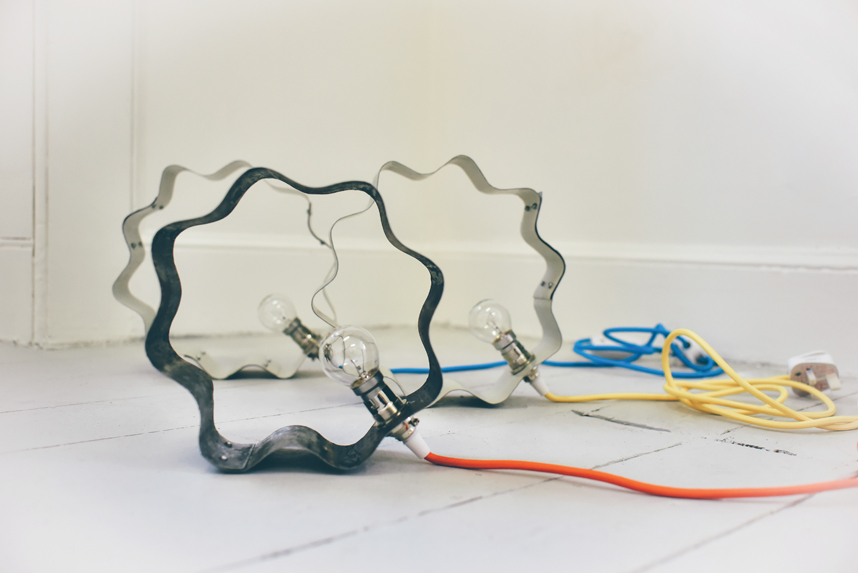Recent Articles
-
Full details→
New Talent Creating the Future of Craft
This year’s Scotland-based graduates explore exciting new digital spaces to present their final year works.
24 Jun 2021
-
Full details→
Interview Reflections on Lockdown with the Craft Scotland Team
Part of our Reflections in Lockdown series, members of the Craft Scotland team take a look at the past few months through their eye.
24 Jun 2021
-
Full details→
The Craft Edit May 2021
Read this month's latest news from the craft sector, including new collaborations and innovative funding models.
26 May 2021
-
Full details→
Announcement Craft Scotland Equalities, Diversity & Inclusion Update
An update from the Craft Scotland team and Board about our Equalities, Diversity & Inclusion strategy and upcoming key actions.
24 May 2021
-
Full details→
News Updated Advice for Creative Studios & Workshops
A round up of the new Scottish Government guidelines for creative studios and workshops, and makers running workshops and classes.
21 May 2021
-
Full details→
The Craft Edit April 2021
TOAST & Cove Park announce the Scotland-based makers selected for their prestigious programmes, ceramicist Natalie J Wood launches an online library and hear more about the latest fundraising news.
28 Apr 2021
-
Full details→
Announcement Craft Scotland Programme 2021/22 Announcement
Our Programme for 2021/22 continues to adapt to changing landscape, learn more about our upcoming events, exhibitions and learning programme.
28 Apr 2021
-
Full details→
The Craft Edit March 2021
Read the latest news from Scotland's craft community. This month, makers and craft organisations are embracing all things digital and exploring innovative funding models.
24 Mar 2021
-
Full details→
New Talent Creating the Future of Craft
This year’s Scotland-based graduates explore exciting new digital spaces to present their final year works.
24 Jun 2021
-
Full details→
Interview Reflections on Lockdown with the Craft Scotland Team
Part of our Reflections in Lockdown series, members of the Craft Scotland team take a look at the past few months through their eye.
24 Jun 2021
-
Full details→
The Craft Edit May 2021
Read this month's latest news from the craft sector, including new collaborations and innovative funding models.
26 May 2021
-
Full details→
Announcement Craft Scotland Equalities, Diversity & Inclusion Update
An update from the Craft Scotland team and Board about our Equalities, Diversity & Inclusion strategy and upcoming key actions.
24 May 2021
-
Full details→
News Updated Advice for Creative Studios & Workshops
A round up of the new Scottish Government guidelines for creative studios and workshops, and makers running workshops and classes.
21 May 2021
-
Full details→
The Craft Edit April 2021
TOAST & Cove Park announce the Scotland-based makers selected for their prestigious programmes, ceramicist Natalie J Wood launches an online library and hear more about the latest fundraising news.
28 Apr 2021
-
Full details→
Announcement Craft Scotland Programme 2021/22 Announcement
Our Programme for 2021/22 continues to adapt to changing landscape, learn more about our upcoming events, exhibitions and learning programme.
28 Apr 2021
-
Full details→
The Craft Edit March 2021
Read the latest news from Scotland's craft community. This month, makers and craft organisations are embracing all things digital and exploring innovative funding models.
24 Mar 2021




